This site uses cookies. By continuing to browse the site you are agreeing to our use of cookies. Read our privacy policy

Patrik Schumacher, Principal architect, Zaha Hadid Architects

Cautious and conservative, many cities are missing opportunities to innovate and thrive, a well-known architect tells Huawei Editor-in-Chief Gavin Allen.
G: What is your primary consideration and underlying ethos when you design for a smart city?
P: We do a lot of city extensions but we’re also interested in the scope offered by start-up cities. In China and the Middle East there's a lot of social opportunity and whole new districts are being developed. That doesn’t exist so much in Europe or the US, where buildings are fitted into existing contexts. What clients look for are synergy clusters, or tech clusters – most often knowledge-economy clusters. The idea is to develop a critical mass of people who want to move. So you have to make it attractive, highly flexible, walkable and have a meaningful density with a lot of amenities and - particularly if you live on the outskirts - to quickly bring urbanity to the place so you don't have to always commute back to the center. An autonomous, meaningful cluster requires a minimum size and also all the usual ingredients of urbanity such as cultural attractions. So, for instance, the science fiction museum we designed in Chengdu is out in a new development area and becomes a point of attraction around which other institutions can gather, businesses can build and people choose to live. You generate a district which has all the components for a satisfying urban life, and can bring people in from the surrounding area too.

G: You’ve praised designs that promote connectivity, integration, inter-visibility and harmony. How important is that social functionality?
P: For corporate campuses, or multi-talent, knowledge-economy clusters, yes, I believe it is very important. It basically means atria, bridges or other connectors. Galaxy, in Beijing, is one where we integrated different functions and each building has an atrium. There are bridges between buildings and an outdoor pedestrian, multi-level space, like an outdoor atrium. The same principle works for offices: you have your opening or event and others can see what's happening, who is coming and going. It’s about shared facilities where you can have synergies, and it’s important to do that both within and between buildings – so, an atrium could have a big glass wall making it partly open and visually connect into the urban landscape as well. It's very important – otherwise why would you bring thousands of people into one building? The idea is that they are aware of and potentially interact with each other, since they all work in a similar industry. All these spaces can be filled with people who are relevant to each other and the same would apply to a new university, or when you have universities and startup businesses connected. It’s all about emphasizing connections.
G: I’ve seen you compare elevators to vertical streets.
P: Exactly. We implemented this in the Morpheus Hotel, in Macau. We have this big void, and when you look at the building from the outside you think “wow, I need to have a look at what's going on here, there seems to be a lot happening and it's exciting”. You step in, you take the elevator, and you pass by the restaurant, the gallery, some artworks, the breakfast room and social space, some gaming rooms and a pool on top. So, there's a journey which reveals the hotel ingredients, all the things you might be able to use. And that's very helpful - rather than disappearing into a dark shaft and coming out somewhere without knowing what else is going on.
G: Is it still the case that there’s more scope for radical innovation in Asian and Chinese cities? And if so, why do you think that is?
P: Definitely. Working in more of an open space there’s more scope to be inventive. Also, they’re now prescribing the GFA (Gross Floor Area) so the density is prescribed, but not much else. This is good for the client and the architect. It’s more interesting and entrepreneurial. What type of units you want to offer and how you want to mix things in is much more flexible in China. They’re more receptive to unusual compositions – they obviously have planners, but it is less bureaucratic.
G: Less conservative?
P: Yes, less conservative in their decision-making too.

G: Are cities bold enough to embrace what you've called "creative destruction rather than healing" in cities, or is that conservatism holding back what needs to be done?
P: Density restrictions in places like London and an unwillingness to convert commercial-owned buildings and offices into residential buildings are definitely holding back development and contributing to a housing crisis. NIMBY-ism (Not In My Back Yard) is a big problem here. The financial district – the City of London - is a separate political entity and works differently. There it’s businesses who determine the political scene and you have very high density and an interesting mix of old and new structures. They could and should possibly have more residents, but they’re hesitant: the more residents you bring in, the more you freeze up the dynamic, because incumbent residents in London can block or determine what happens in the wider realm around them. It’s too much incumbent power and privilege and it undermines dynamic development. It does still happen but not sufficiently and we often have sites where we could easily have put in double the amount of housing in and developed the products differently. There's too much interference, and definitely not enough entrepreneurship and innovation. It’s a conservative mentality and a planning paralysis. It's similar in New York, in San Francisco: they’re all suffering.
G: The UN predicts that two-thirds of the world's population will live in urban areas by 2050. Can smart cities cope with that?
P: I have lived in the center of cities all my life and they could be denser than they are. The world we live in now is very different from the 50s, 60s and 70s when huge suburbanization happened. That's no longer delivering a society that can compete in the global high-tech world. Back then you had endless carpets of small houses, and 9-to-5 jobs where you could drive home afterwards. But that’s environmentally not very sound compared to a denser way of life and now, with more knowledge-economy workers, you need to network, to have collaborative meetings or go to evening lectures or events. Every day you have to coordinate and re-calibrate projects with multiple contributors. A lot goes on online but that's still not the same intensity of interaction that you get at social events or in the real world. The metaverse is the next step and may eventually be more of a substitution. One part of the future of knowledge-economy clusters in cities will be the integration and interfaces between virtual and physical city spaces.

G: How will you blur the line between the two?
P: It’s about collaborative working. We’ve launched our own metaverse, which is a cultural district for the ecosystem of all designers and design companies, etc. Every organization will have virtual as well as physical sites, and within offices or urban spaces, you’ll have interfaces and windows into this virtual world where we can jointly enter. If you have a full panoramic LED screen, it's quite amazing - you can immerse yourself into another space. And that is not at home alone, or on the headset. You are already in a physical space with other participants and then quickly join a virtual space, with other groups of people. It’s urbanization, augmented by an immersive spatial internet which integrates into these physical urban spaces.
G: So, are we in a dynamic and complex new golden age for smart cities, or still hovering on the cusp, with caution and bureaucracy stopping us from fully embracing the opportunities they could bring?
P: It's uneven development around the world. Unfortunately, the mature economies and great cities of the western world are conservative. That's a shame. In China, you have 30 million-strong cities, but in London we are 8 million - this could be much denser, more exciting. It’s the same in the US: you can’t be in Palo Alto or San Francisco, so you have to go to Austin or somewhere else. And that is a compromise. You may build a new sub-center, but it doesn't have the same intensity and shared labor market or great events. Manhattan could double up its density if it wanted to and particularly London where they have these huge fields of two-story brick terrace houses. So there we are not on the cusp and it probably needs a shake up where other new places surge in attractiveness and challenge these cities so much that they have a turnaround. But there are places - India, China, some parts of the US - where things are more exemplary and forward-looking.
G: Your message seems to be: "Be bold, stop being complacent or you’re going to get overtaken"?
P: Yes. This is about entrepreneurial freedom. You have to be bold. You have to find people willing to share that vision, take the risk and go with it. And the political process should allow for it and not stand in the way.
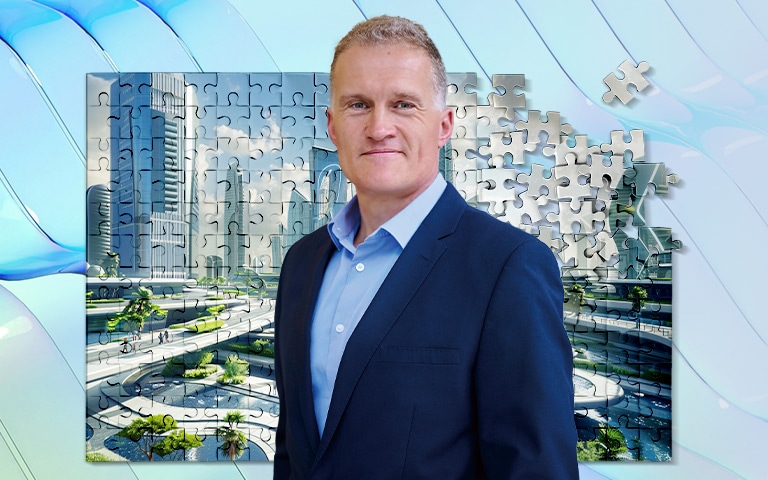
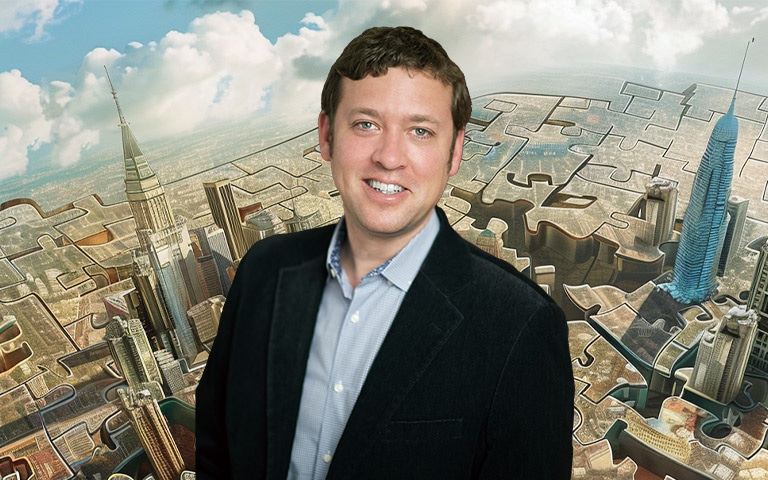
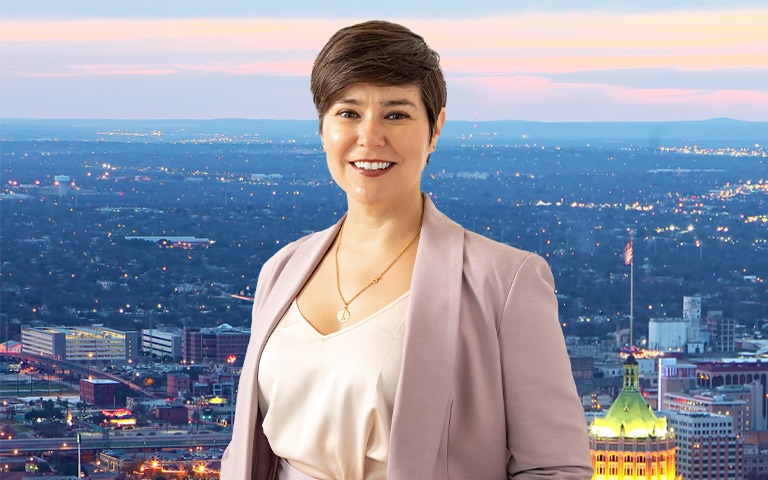
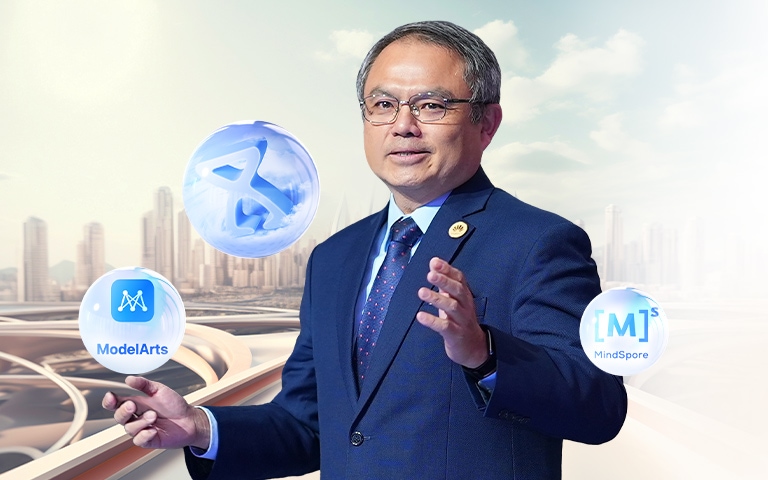

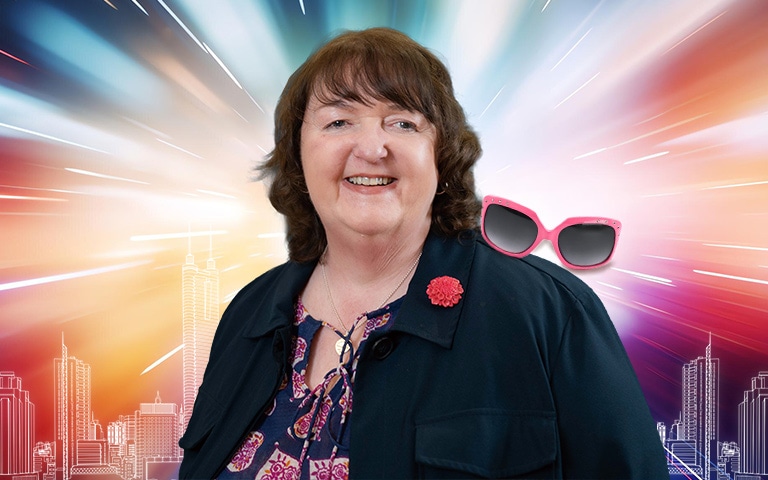
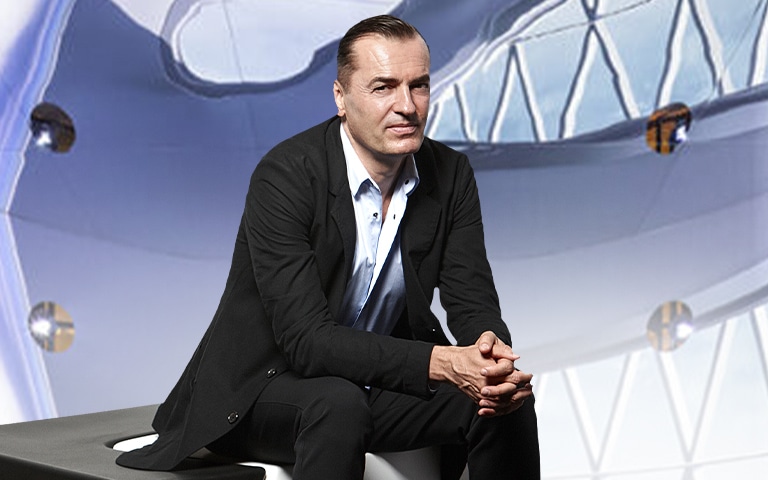
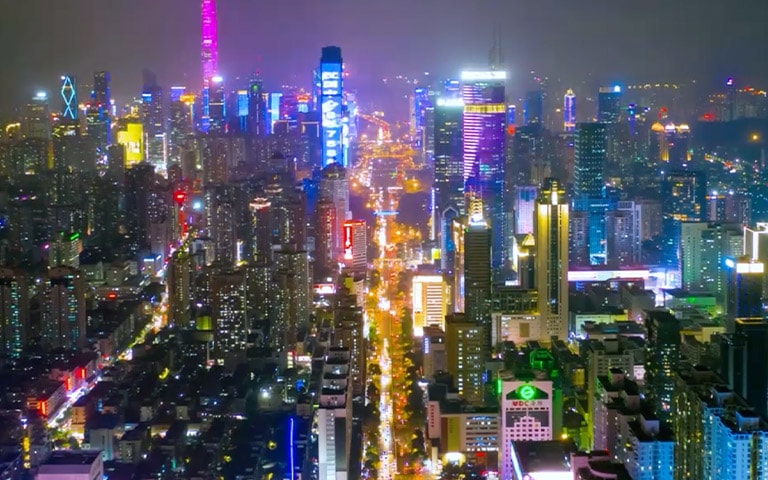
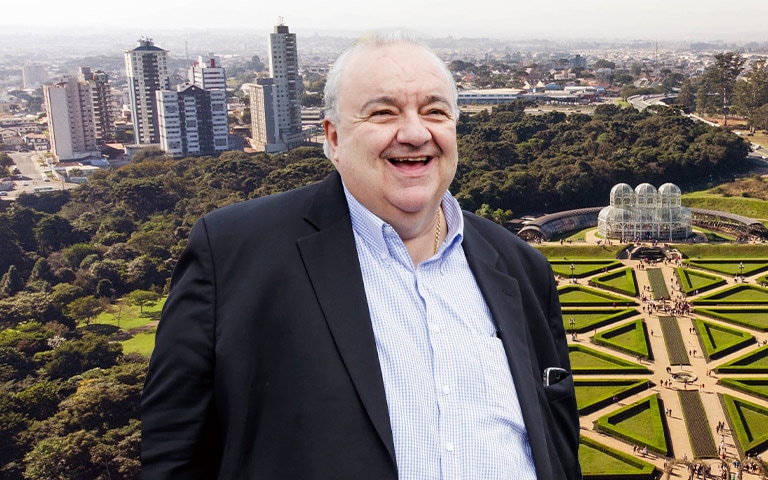


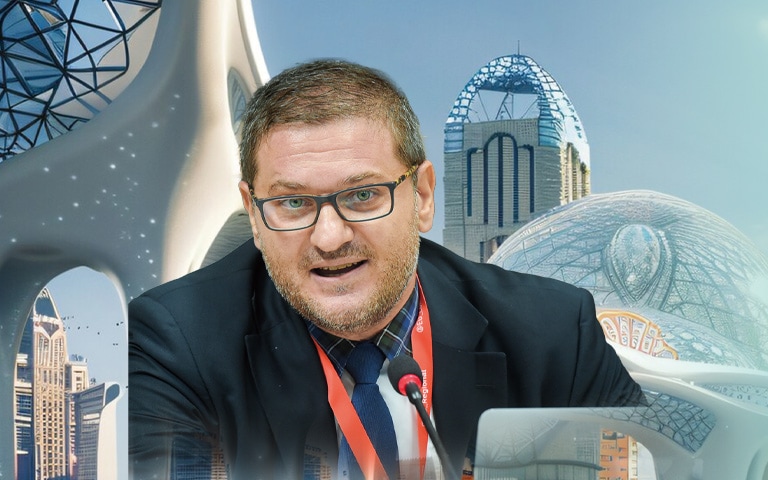
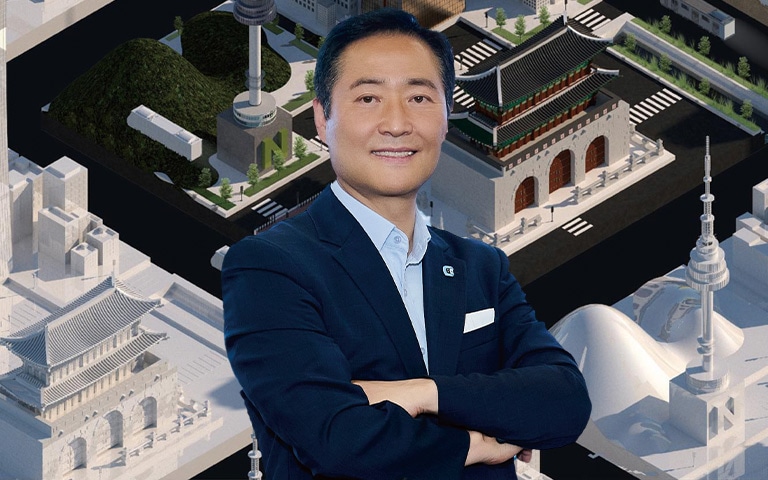

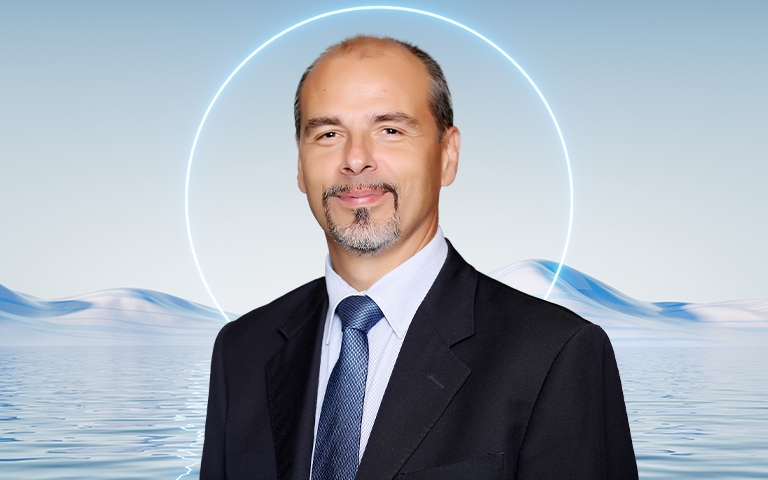

Contact us! transform@huawei.com
